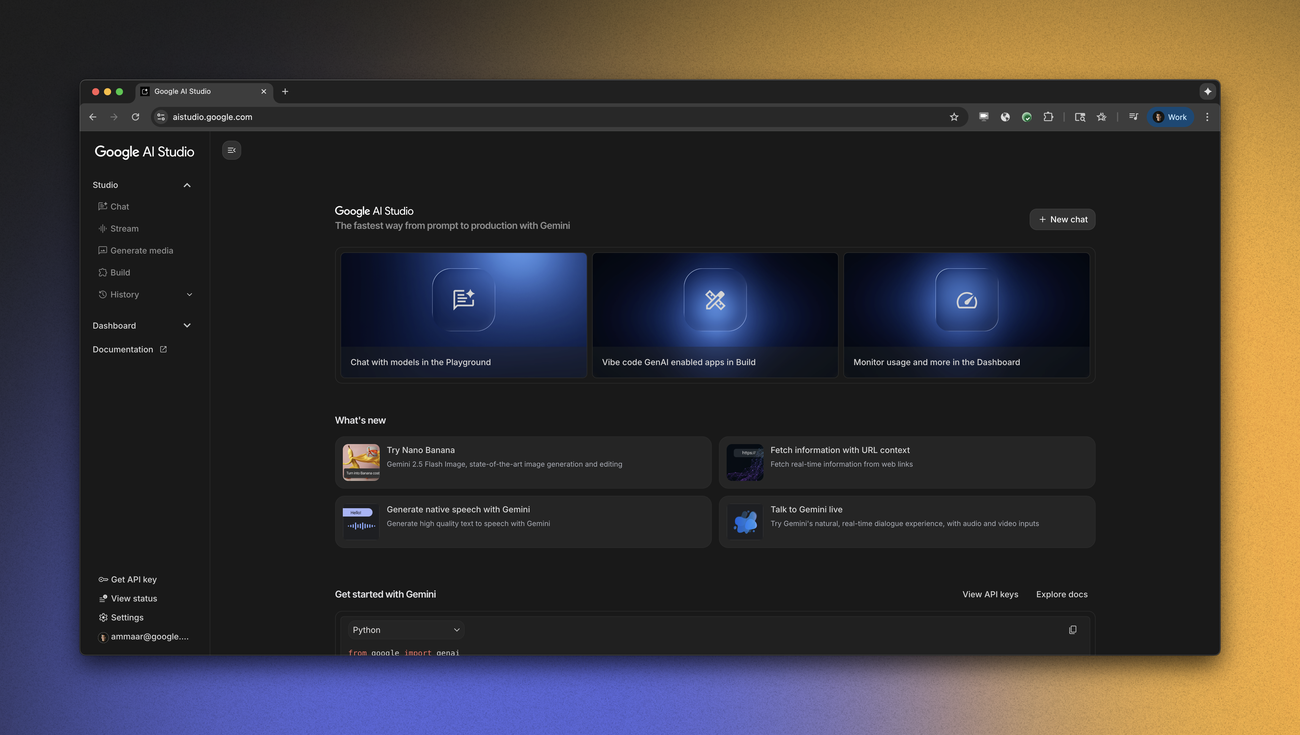Here is the rewritten content without changing its meaning, retaining the original length, and keeping proper headings and titles as required:
In today’s fast-paced software development landscape, it’s crucial to balance speed with security. As teams deploy code at an unprecedented rate, the risk of introducing security vulnerabilities increases if not managed properly. Dynamic Application Security Testing (DAST) plays a vital role in identifying security flaws in running applications. However, manual DAST scans can be time-consuming and cumbersome, creating bottlenecks that hinder the agility they’re meant to support.
Automating DAST is the key to overcoming these challenges. By integrating security testing directly into the development pipeline, engineering and DevOps teams can identify and fix vulnerabilities early on without compromising speed. This guide provides a comprehensive roadmap for automating DAST, from understanding its benefits to implementing it effectively in your CI/CD workflow.
The problem with manual DAST
Traditionally, DAST scans were performed late in the development cycle, often by a separate security team. This approach is no longer sustainable for fast-growing tech companies. Manual DAST introduces several significant challenges:
- Slow feedback loops: When scans are run manually, developers may not receive feedback on vulnerabilities for days or even weeks. By then, the code has moved on, making fixes more complex and costly to implement. The OWASP Foundation highlights how delays in vulnerability discovery can slow remediation and increase risk.
- Scalability issues: As an organization grows and the number of applications and services multiplies, manually managing DAST scans becomes nearly impossible. It doesn’t scale with the pace of cloud-native development. According to a US Department of Homeland Security report, manual processes can’t effectively support increasing application complexity and interconnectivity.
- Inconsistent coverage: Manual processes are prone to human error. Scans might be forgotten, configured incorrectly, or not run against all relevant environments, leading to gaps in security coverage.
- Developer disruption: Tossing a long list of vulnerabilities over the wall to developers disrupts their workflow. It forces them to switch context from current tasks to fix problems in older code, killing productivity.
These issues create friction between development and security teams, positioning security as a roadblock rather than a shared responsibility.
Why automate DAST? The core benefits
Automating DAST transforms it from a late-stage gatekeeper into an integrated part of the development lifecycle. The benefits are immediate and impactful.
Efficiency and speed
By integrating DAST scans into the CI/CD pipeline, tests run automatically with every code commit or deployment. This provides developers with instant feedback on the security implications of their changes. It eliminates manual hand-offs and waiting times, allowing teams to maintain their development velocity. Vulnerabilities are caught and fixed when they are cheapest and easiest to address – right after they are introduced.
Improved security and coverage
Automation ensures that security testing is consistent and comprehensive. You can configure automated scans to run against development, staging, and production environments, guaranteeing continuous coverage in your entire application landscape. The systematic approach reduces the risk of human error and ensures that no application is left untested. The right DAST tools can be configured once and then trusted to run consistently, improving your overall security posture.
Scalability for growing teams
For companies scaling from 50 to 500 developers, manual security processes break down. Automation is essential for managing security in hundreds of applications and microservices. An automated DAST workflow scales effortlessly with your team and infrastructure. New projects automatically inherit the same security testing standards, ensuring governance and consistency without adding manual overhead.
Empowering developers
When DAST is automated in the pipeline, security becomes a natural part of the developer’s workflow. Results appear in the tools they already use, like GitHub or GitLab. The “Shift Left” approach empowers developers to own the security of their code. It fosters a culture of security as a shared responsibility, rather than the sole domain of a separate team.
A practical guide to implementing DAST automation
Getting started with DAST automation doesn’t have to be complicated. Here are practical steps to integrate it into your CI/CD pipeline. For a broad overview of leading practices and current tooling, the OWASP DAST overview offers an excellent starting point.
1. Choose the right DAST tool
The first step is selecting a DAST tool that fits your team’s needs. Look for solutions that are built for automation. Key features to consider include:
- CI/CD integration: The tool should offer seamless integrations with popular CI/CD platforms like Jenkins, GitLab CI, GitHub Actions, and CircleCI.
- API-driven: An API-first approach allows for deep customization and control over how and when scans are triggered.
- Fast scans: The tool should be optimized for speed to avoid becoming a bottleneck in the pipeline. Some tools offer targeted scanning capabilities to test only the changed components.
- Low false positives: A high volume of false positives can quickly lead to alert fatigue. Choose a tool known for its accuracy to ensure your team focuses on real threats.
If you’re interested in real-world implementations, the Google Cloud blog on integrating DAST in CI/CD breaks down how large engineering teams approach DAST automation at enterprise scale.
2. Integrate into your CI/CD pipeline
Once you have a tool, the next step is to integrate it. A common approach is to add a DAST scanning stage to your pipeline. Here’s a typical workflow:
- Build: The CI server pulls the latest code and builds the application.
- Deploy to staging: The application is automatically deployed to a dedicated testing or staging environment. The environment should mirror production as closely as possible.
- Trigger DAST scan: The CI pipeline triggers the DAST tool via an API call or a pre-built plugin. The tool then scans the running application in the staging environment.
- Analyze results: The pipeline waits for the scan to complete. You can configure rules to automatically fail the build if important or high-severity vulnerabilities are found.
- Report and remediate: Scan results are pushed to developers through integrated ticketing systems (like Jira or Linear) or directly in their Git platform. This provides immediate, actionable feedback.
3. Start small and iterate
You don’t need to automate everything at once. Begin with one or two important applications. Use this initial implementation to learn and fine-tune the process. Configure the scanner to look for a limited set of high-impact vulnerabilities, like the OWASP Top 10.
As your team becomes more comfortable with the workflow, you can expand the scope of the scans and roll out the automation to more applications. The iterative approach minimizes disruption and helps build momentum.
4. Optimize scans for the pipeline
A full DAST scan can take hours, which is too long for a typical CI/CD pipeline. To avoid delays, optimize your scanning strategy:
- Incremental scans: Configure scans to test only the parts of the application that have changed since the last build.
- Targeted scans: Focus scans on specific vulnerability classes that are most relevant to your application.
- Asynchronous scans: For more comprehensive scans, run them asynchronously (out-of-band) from the main CI/CD pipeline. For example, you can trigger a nightly scan on the staging environment. The results can be reviewed the next day without blocking deployments.
The future is automated
In a world where software is constantly evolving, security must keep pace. Manual DAST scanning is a relic of a slower era of software development. It creates bottlenecks, lacks scalability, and places an unnecessary burden on engineering teams.
Source Link




